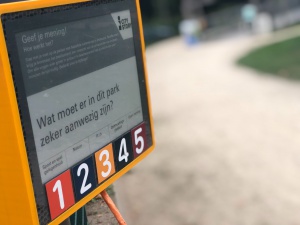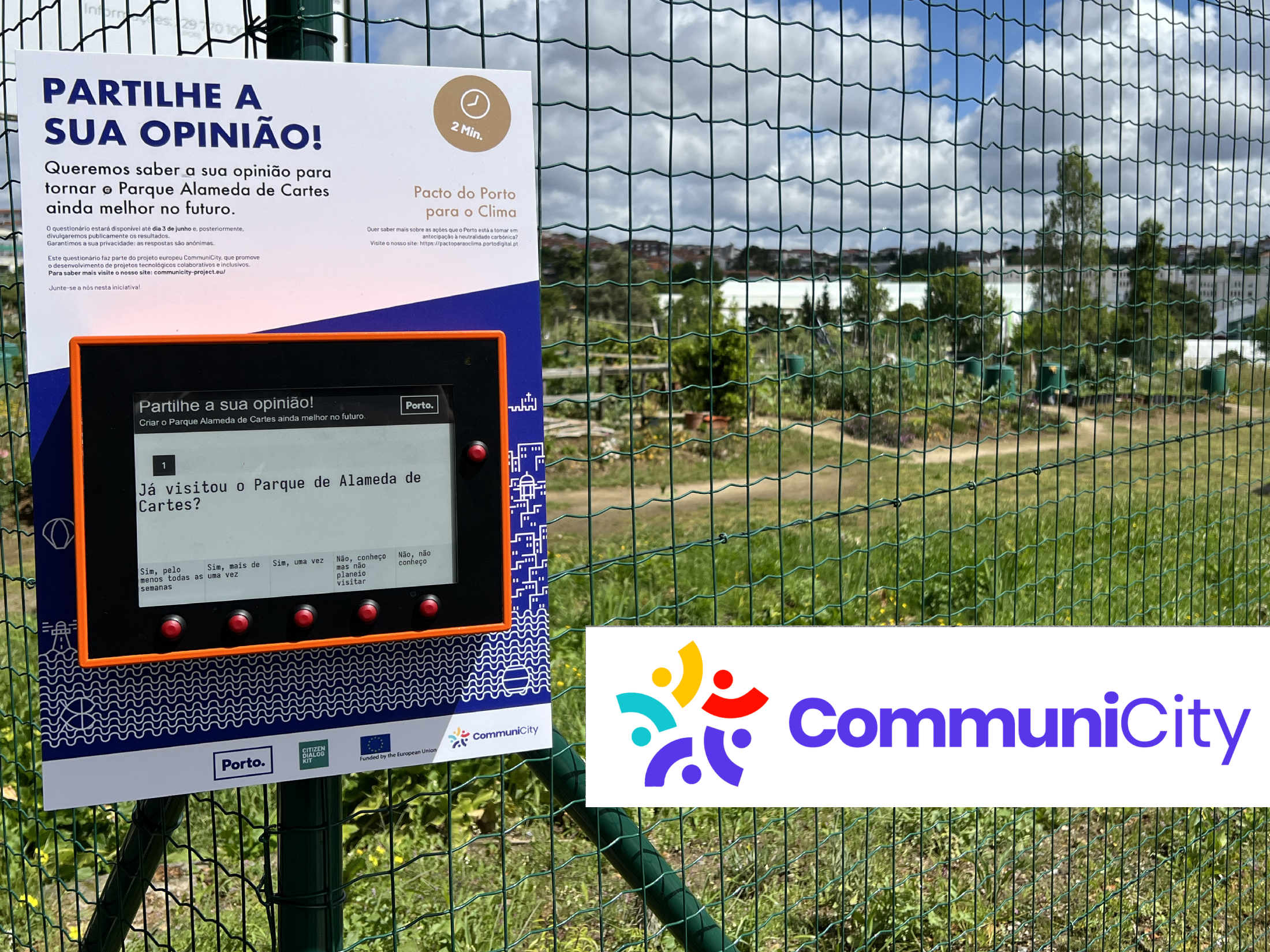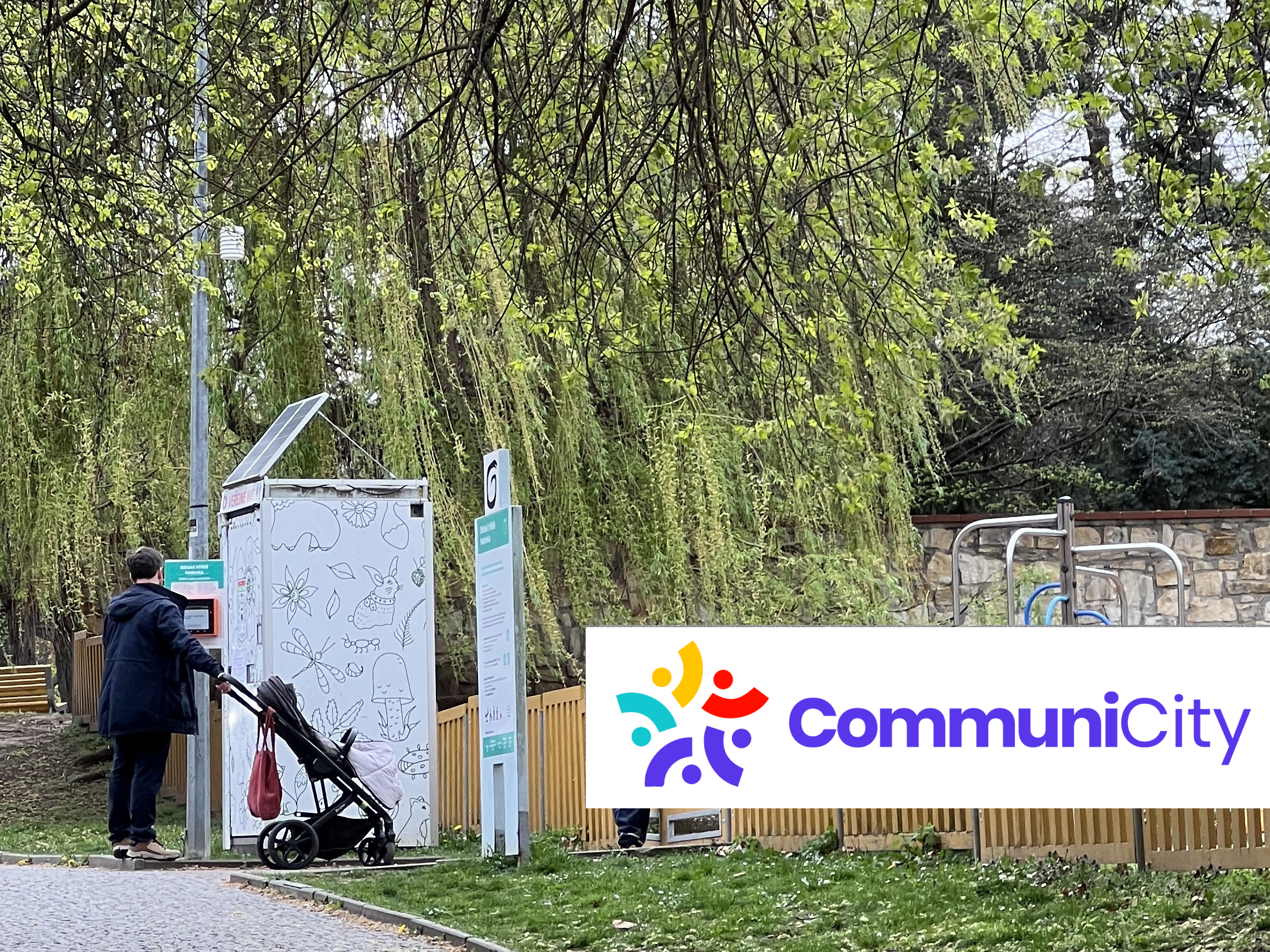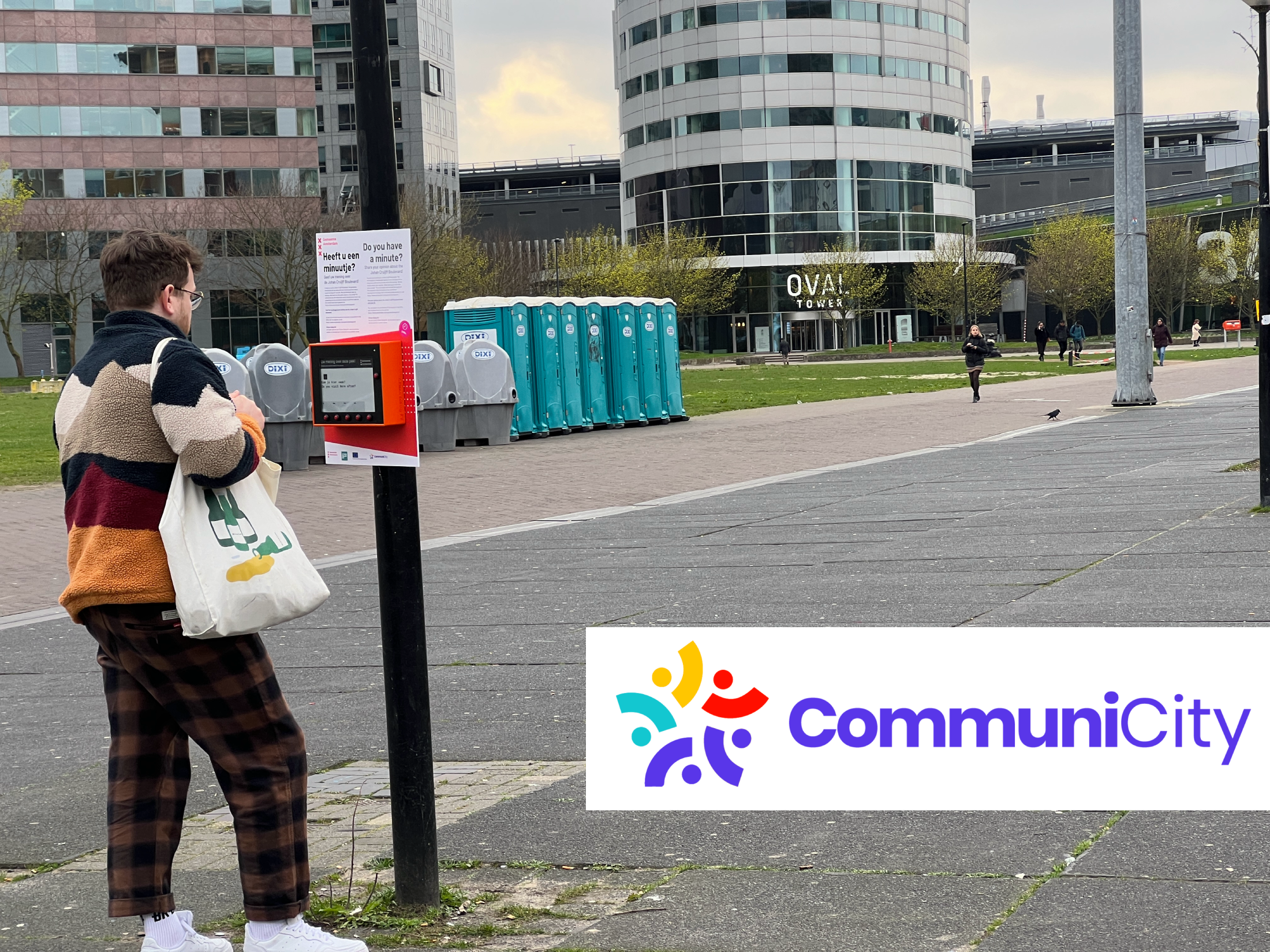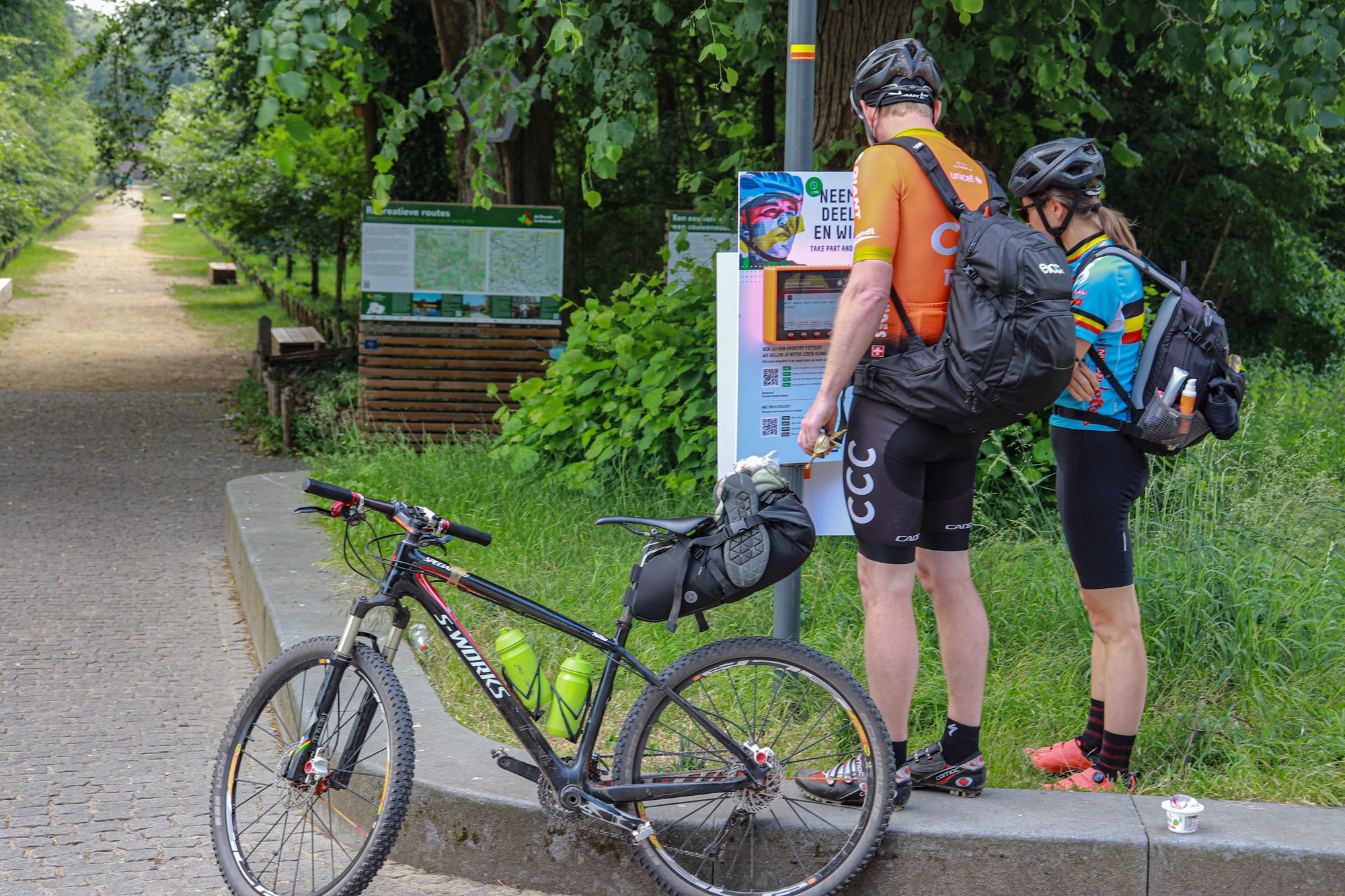Saint-Agatha-Berchem Investigates Sexism
What were the objectives of this case study?
Street harassment and sexual intimidation are issues that many people face every day, making public spaces feel unsafe. Unfortunately, it’s been tough to collect accurate information on these incidents because people often hesitate to speak up—they worry about being identified, judged, or not taken seriously.
That’s why Saint-Agatha-Berchem’s recent use of our anonymous survey devices is such a big deal. By giving people a way to share their experiences completely anonymously, these devices have led to a huge increase in responses compared to traditional online surveys or in-person methods. This larger and richer data is key to understanding the problem and finding ways to make our streets safer for everyone.
Continues below the photo.
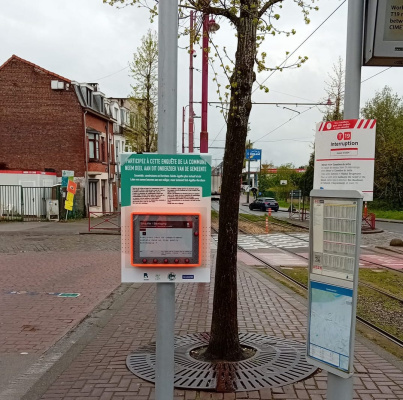
How was the deployment carried out?
For one month, two Citizen Dialog Kit devices were installed at tram stops in the center of the municipality. These locations were chosen because of there centrality, because waiting spaces can be an ideal setting to gather input, but also because they are common conflict spaces.
Over the deployment duration, the two devices together attracted close to 600 started surveys. Possibly due to the arrival of trams, or the challenging topic, about 50% of participants completed the survey.
Continues with insights below the map and photo.
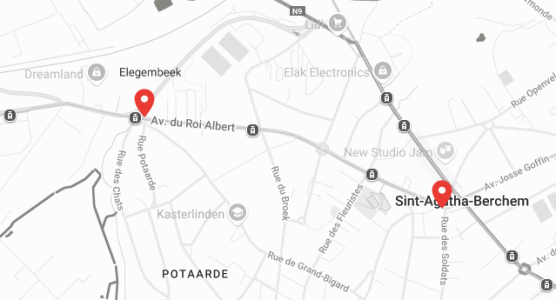
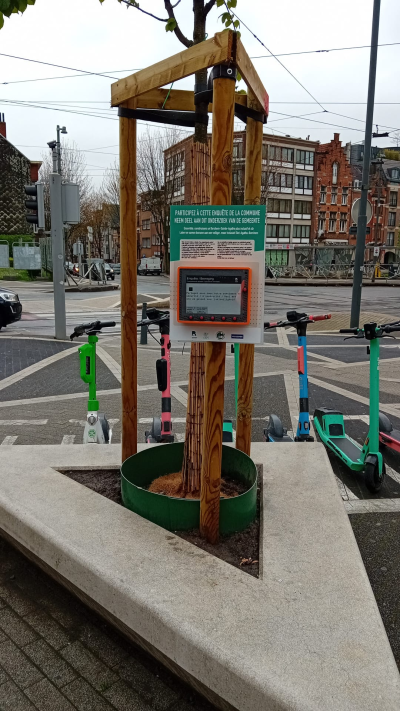
What were the insights from the deployment?
Here are some key insights from the survey on street harassment and sexual intimidation.
These insights highlight both the challenges and areas for improvement in addressing street harassment, as well as some encouraging signs of progress.
Is it common?
About 30% of respondents reported experiencing sexual intimidation in public spaces. The most common forms of this harassment are being followed or approached by strangers. In this municipality and according to the respondents, harassment is most likely to occur on the street (40%), rather than near homes or on public transport.
Surprisingly, most incidents happen during the day, with 60% of respondents noting that they were targeted in broad daylight.
How do people handle situations?
A concerning 60% of people reported that no one intervened when they were harassed. Additionally, less than half chose to notify the police or any other public authority about the incident. Many victims cope by looking away and avoiding eye contact, a tactic used to try and defuse the situation.
While witnessing harassment is less common (25%), those who do observe it typically see the same behaviours—people being followed or approached—and also notice it happening more during the day. This raises the question: is it more visible in the daytime, or is it genuinely more frequent?
Do people feel safe?
On a positive note, 64% of respondents feel safe in the municipality. However, they believe that more visible police presence could enhance their sense of security.
Who participated?
It’s encouraging to see that more than half of the survey respondents were men (57%). This indicates a broader awareness and concern about the issue, which is a crucial step towards making our streets safer for everyone.
Continues with reflections below the photo and chart.
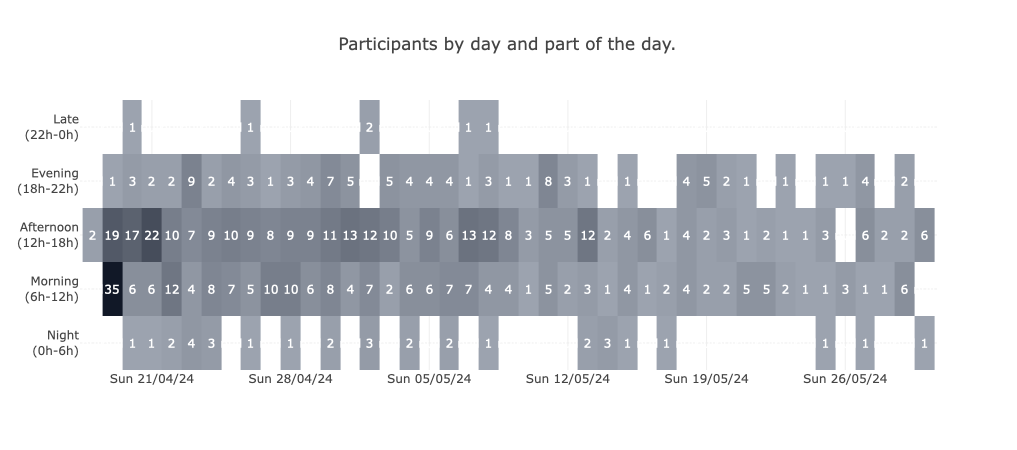
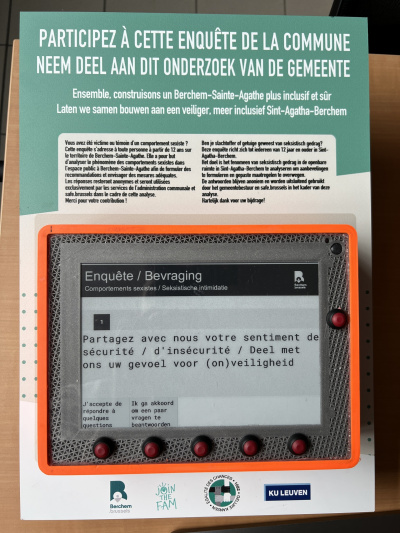
Reflections
While the anonymity of our survey devices is sometimes considered a downside because organisations fear misuse (more about that in a blog post), this project shows the potential benefits. Addressing thorny topics like this can be difficult in online settings where people are increasingly aware of tracking and identification, or to talk about in-person due to various fears.
The data gathered here was also shared with the safe.brussels organisation tasked with overseeing safety in the region.
A full summary of the data gathered can be found on the website of the municipality and in the municipal magazine (edition 190, page 38).
Partners
- Municipality: Saint-Agatha-Berchem

